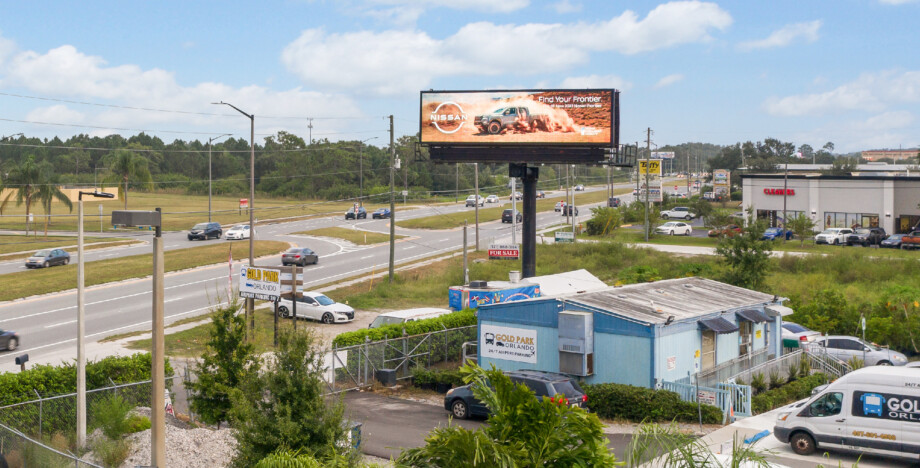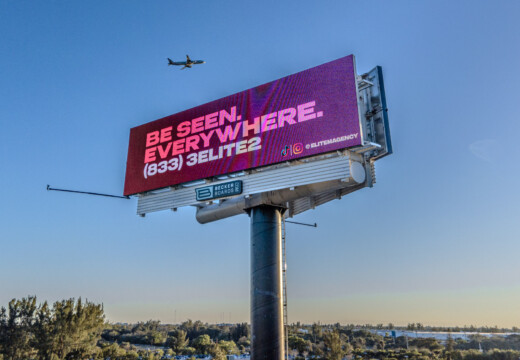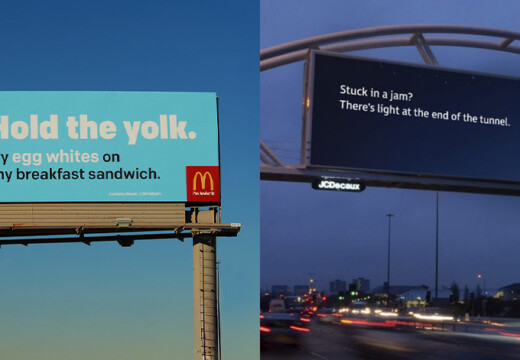
How to ‘Level-Up’ Your Automotive Marketing for 2023
Automakers and dealers have faced stiff supply-side complications since the beginning of the pandemic. But as that subsided in 2022, fears of a recession have flipped the problem: now, car manufacturers and retailers are staring down a demand drop-off as inflation bites into consumer wallets.
Cox Automotive’s chief economist, Jonathan Smoke, recently said that “New vehicle supply is finally improving but the industry is swapping a supply problem with a demand problem and that doesn’t bode well for revenues and profits in the year ahead.”
Safeguarding Profits Will Require Rethinking Ad Spend
Protecting those margins during a possible recession will come down to finding ways to stand out – including rethinking how your ad dollars are allocated.
For example, the average dealership spends the bulk of their marketing budget (nearly 64%) on internet advertising. This is followed (in order) by TV (12%), radio (10%), direct mail (8%), and print (less than 5%).
This prioritization on digital advertising makes sense, given that 95% of people do online research before ever visiting a dealership.
The problem with online advertising is that it’s getting increasingly competitive, less effective, and more costly. Privacy changes and widespread adoption of ad-blockers, combined with shifts in consumer behavior such as “banner blindness” (the tendency to skip past online advertising, missing it entirely), are stretching ad budgets to the breaking point.
While you clearly need online marketing, it’s critical to find ways to grow your leverage so your online ad dollars work harder for you – lowering costs and increasing conversions. Where does that leverage come from?
The Pros and Cons of Broadcast Media
Broadcast media (TV, radio, print, and billboards) typically functions in a roughly opposite role to online media, in that it reaches a mass audience compared to digital’s one-to-one model.
This offers a distinctive advantage for brand advertising, where your goal is to gradually influence your target audience to consider you first over your competitors.
The problem is that many of these media types have shrinking audiences of their own. Take TV – a traditional powerhouse for the automotive industry. Many TV viewers have shifted to online streaming services, and of those remaining, most multitask by checking their phones, muting ads, or walking away during commercials.
Combined with the challenge of tracking the effectiveness of TV advertising, TV has become an incredibly expensive medium with little ability to measure whether your ad dollars are actually working.
Broadcast media are also difficult to integrate with your online advertising. Gaining leverage in your digital marketing efforts, as we highlighted earlier, requires an effective omnichannel approach where offline and online ad channels work together to create a seamless consumer experience. This is tough to make work with TV, radio, or print.
How to Connect Your Advertising for More Effective Reach
Despite the challenges of most broadcast media like TV, radio, and print, there is one format that has proven itself effective at circumventing the problems of other mass mediums: billboards.
Though they make up only a tiny fraction of car dealership ad spend (less than 1.5%), they have significant promise to help both national brands and local retail locations achieve many of the goals described in this article.
Unlike TV, radio, and print, their reach is actually growing – more people going back to the office, traveling, and trying to spend less time on-screen and more time in the real world means more people exposed to billboards.
Unlike online advertising, billboards generate more of an impact on viewers. They’re harder to ignore, and can’t be blocked or skipped.
They’re also easy to connect to your online advertising (for ideas on how to do this, check out our ebook “How to Use Digital Billboards Effectively” here. They can boost your organic search and social media efforts while improving the results of your online paid ads (increasing ad recall while lowering cost-per-action).
Finally, not a lot of your competitors are using them. For national brands, use them to boost brand awareness in crucial markets. For local retailers, from dealerships and parts stores to mechanics and repair shops, use them to drive traffic to your physical location.
To test this out, try moving a part of your automotive marketing budget from TV, radio, and print to billboards. This won’t cost you any more than you’re already spending, but you can test whether you get a tangible increase in foot and digital traffic.
Blip Makes Digital Billboards Easy to Try
For a low-risk, low-cost, easy way to do this, try Blip’s self-serve platform. It gives you access to almost 2,000 digital billboards all across the country with the click of a button.
Atturo Tire, a maker of high-performance tires for a range of functionalities, partnered with Blip to get their message on digital billboards in 2022.
Over the course of 272 days, they netted over 160 million impressions – at a cost of just under 1,500 impressions per dollar spent. CPMs (cost-per-thousand impressions) were a shockingly low $2.03, a fraction of what you could expect from most digital advertising.
But, of course, the most important question is, were these impressions quality enough to turn into sales?
In their words, the reason they had to eventually pull back in their billboard advertising was that “it was too effective and we couldn’t fill orders due to supply chain issues.”
To activate low-cost, highly effective advertising like Atturo Tire, start your Blip campaign today.


